|
Reloading the big cartridges
The .55 Boys and 14.5mm x 113/114 can be reloaded,
although its not as simple as reloading the average 50BMG cartridge.
This is because not only are components not readily available, but both of the above are Berdan primed, plus the
14.5mm uses a primer cap that is just under 9mm diameter (8.90mm). The standard
50BMG boxer type primer is 8mm diameter, these can be used with the
14.5mm cartridge, but only after some modifications are made to the
primer pocket on the case. Thankfully Berdan 50BMG primers will fit the
Boys case, so reloading those is fairly straight forward assuming you
can find someone who'll sell you a tin of primers, although
removing the primers can take a while, using a small drill to perforate
the cap and then a sturdy but small hook to pull them out - never had
any luck with the hydraulic ram technique.
These pictures show the process of fitting a 50BMG 8mm
primer to a 14.5mm case with its 9mm primer pocket, you'll need access
to a lathe to perform this modification. The same process would be used
with any similar large cartridge.
The case is steel and as such the primer pocket isn't in
a good way, as seen in the first picture.
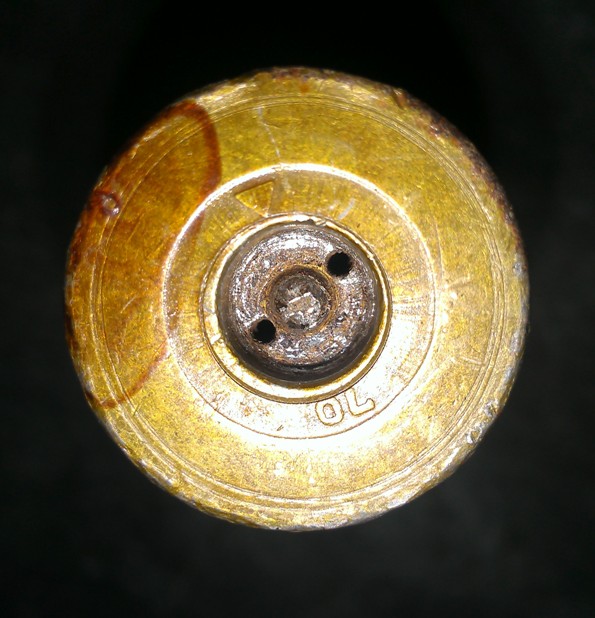
Above: primer removed
Below: 50BMG primer sits far too loose
in case to use without modification
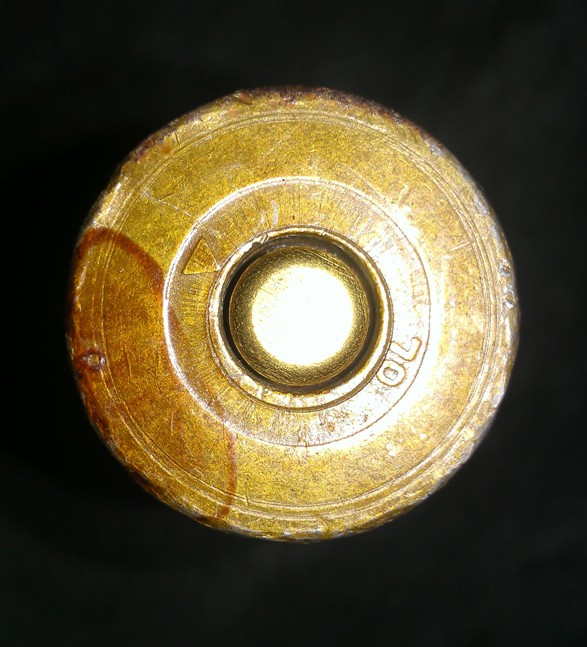
Therefore requires a sleeve.
The anvil is also removed as its not
required for 50BMG Boxer primers
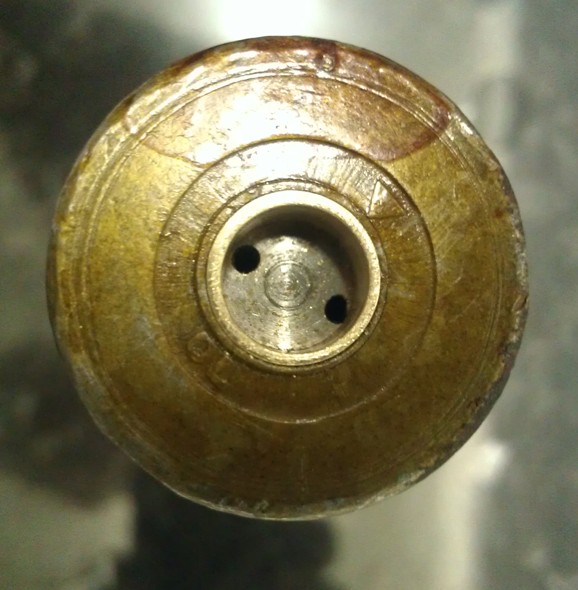
Above: Brass sleeve press fitted and
machined flush
Next step is to drill out the flash hole,
50BMG standard is between 3.4mm and 3.5mm, however we don't want the
hole to get too close to the existing flash holes so we'll go for 3mm,
that's big enough for a standard RCBS 50BMG decapping pin. Note that the
new hole doesn't look central compared to the two Berdan flash holes,
this is because the original primer pocket wasn't perfectly concentric,
fairly typical of mass produced Russian steel cases.
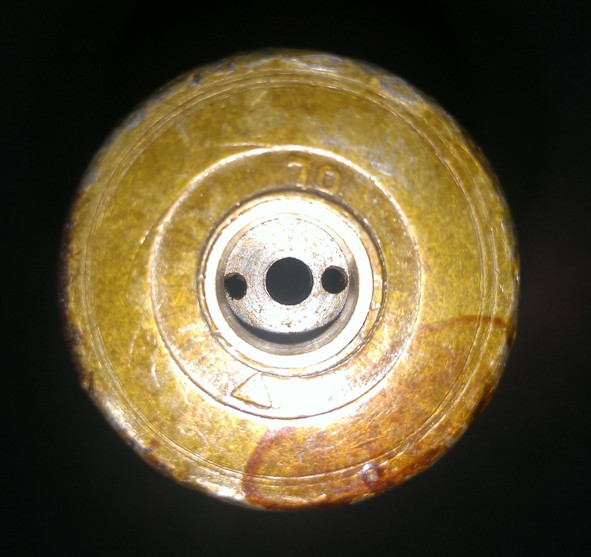
To follow: Next we fit the primer
and get some bullets drawn in CAD and machined up - pictures to follow
Reloading hardware
High quality 'obsolete calibre' dies as well as larger calibres such as the .55 Boys and anything up to 20mm are made
by: http://www.ch4d.com. Drop Dave an email,
he'll even make up bushing dies to accommodate thin brass or undersize bullets. They also manufacture
bullet pullers and lots of other 50BMG type reloading kit such as high capacity
powder throwers.
Live ammunition and components
Only 50BMG ammunition is readily available, the
FCSA UK keep stocks for club members to buy. Reloading components for WW2
anti-tank rifles are now generally only obtained as expensive one-off collectors
items, however there is no reason why cases for some of the very rare 7.92mm
German anti-tank rifles can't be formed from 50BMG cases and Boys .55 cases can
be made from 50BMG cases, 20mm cases for the Lahti are now being manufactured in
stainless steel. Some of the Vit powders are suitable for 20mm, and any other
large capacity case although most primers for all but the Boys cartridges are
unobtainable. This said, many shooters of these weapons in the USA use 20mm or
50BMG primers pressed into a threaded or pressed inserts in the base of the
cartridge case, easily done by anyone with a lathe (as described above). Bullets can be turned from
solid bronze although CNC machining is the best option for bulk production -
check all lathe turned projectiles for the correct outer diameter as it
would only take a small variation to render the projectile oversize and thus
likely to create severe back pressure and destroy your rifle (and you!).
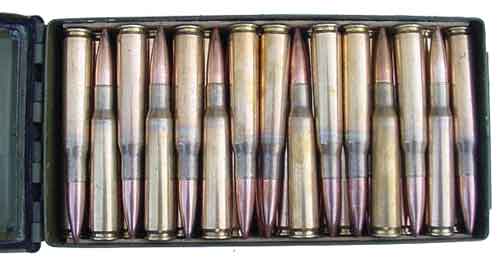
Copy of letter from the DTI regarding the import of a 50 calibre rifle
from the USA. (The same applies to importing any anti-tank rifle that does not
fall into the section 5 category). Note: Not all semi-auto 20mm anti-tank rifles
were kept as semi-auto, many were converted to manually operated due to problems
with the gas operated system, assuming the conversions were done as part of a
're-manufacture' process then these 20mm rifles would be classified as section
1.
Dear Mr Stevenson
Thank you for your e-mail, received in this office on 30
June 2003.
I can confirm that a .50 calibre rifle consigned from the
USA is not subject to a specific DTI import licence providing you are a
resident within the UK as there is a concession for the personal importation of
firearms, ammunition and component parts consigned from outside the European
Community. This concession is administered by H M Customs and Excise and only
the relevant UK domestic authority need be presented to allow the importation
instead of a specific DTI import licence.
I
hope that this clarifies the matter.
Should you have further queries, however, please do not hesitate to contact
this office.
Yours
sincerely
|
Inge Rõõmussaar |
Department of Trade and
Industry |
|
|
|
Import Licensing Branch
Queensway House
West Precinct
Town Centre
Billingham
TS23 2NF |
|
Direct Line
+44 (0)1642 364351
Fax
+44 (0)1642 364269
Minicom
+44 (0)1642 364227
Enquiries
+44 (0)1642 364333/334
www.dti.gov.uk
Inge.Roomussaar@dti.gsi.gov.uk |
|

